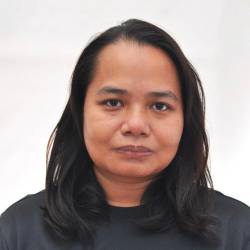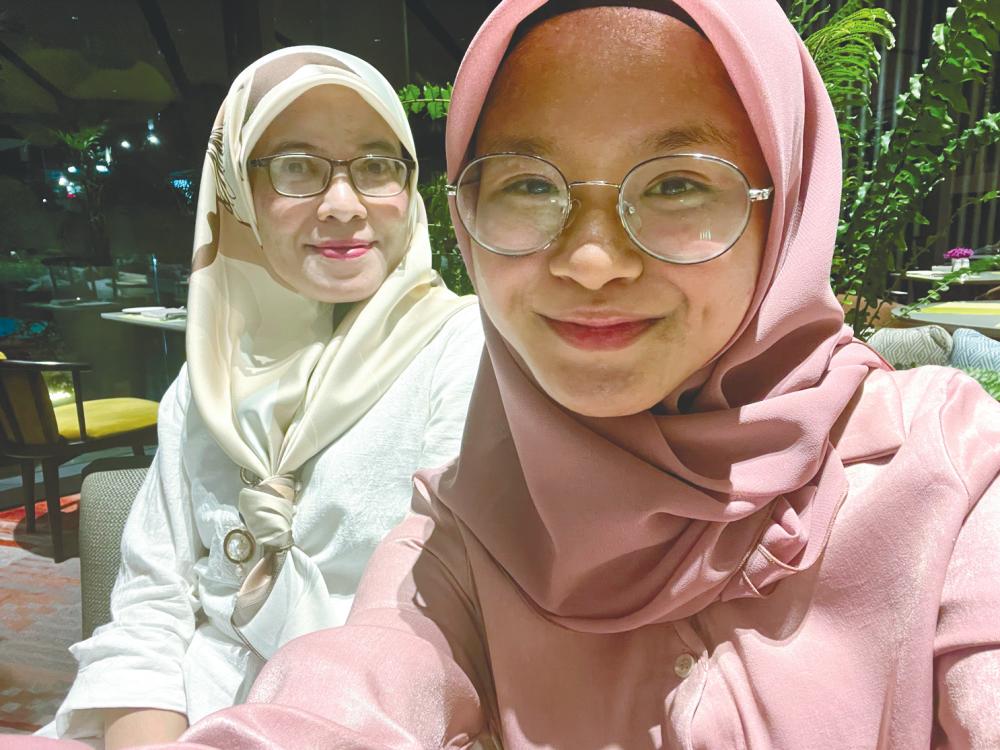PETALING JAYA: It was eight years ago that Rasidah Md Sapie felt the need to raise awareness on scoliosis, a disorder where the spine twists and curves to the side.
This was when her daughter, Nurul Afreena Zamri, was diagnosed with the ailment. Nurul Afreena, who was 12 years old then, often felt tired and had difficulty standing straight.
“Scoliosis is not a well-known disease, although many people suffer from it.
“Initially, I wasn’t aware of what was wrong with my child, who got tired just after walking a short distance,” she said.
Rasidah found it difficult to get the right physicians and information on the internet was mainly on cases of patients who lived abroad.
“There is a lack of awareness on the issue and information is still lacking in the Malaysian context,” Rasidah told theSun.
But mother and daughter struck gold when a physician took on Nurul Afreena’s case, and she underwent more than two hours of surgery at the University Malaya Medical Centre.
Now 19 years old, Nurul Afreena recounted that she often had difficulty breathing as the spinal curvature had affected her respiratory system and she was prone to walking slowly.
“I was excited (to have the opportunity to) be able to rectify my condition. I now have a total of two rods and 11 screws inside my body.”
Taking the cue from her personal experience, Rasidah formed the Malaysian Scoliosis Support Group in the hope of encouraging others to speak up about their experience.
“I had initially thought of just sharing Nurul Afreena’s journey, but the group has become a platform for people to share scoliosis stories.
“It helps members to get information on scoliosis treatments, with the latest developments shared among members,” she said, adding that the group made a difference in many people’s lives as they do not feel alone anymore.
“Although there is no known cure, there could be a hereditary component as observed in some families,” she said, adding that there is still no national database on the prevalence of scoliosis in Malaysia.
She said should a child need surgery, it must be done as soon as possible.
“However, the type of surgery would depend on the patient’s bone maturity. Surgical costs vary but on average, the implants cost between RM20,000 and RM30,000 in government hospitals.”
Recently, an orthopaedic surgeon and consultant at ALTY Hospital, Dr Lim Sze Wei, said early detection of scoliosis can reduce the need for surgery.
He expressed the need for a scoliosis awareness programme, especially at the school level, as the critical age for the detection and treatment of the disease
is when children are between 10 and 14 years of age.
“Usually, the awareness programme is carried out in urban areas and rarely done in rural schools. That’s why most teenage patients come to us when their bones are already bent, at between 60 and 70 degree angles, which can usually only be treated via surgery.
“This is because between the ages of 10 and 14, bone movement occurs more rapidly. If detected early, at angles less than 40 degrees, brace treatments and regular monitoring can be done, eliminating the need for surgery.”
Lim added that scoliosis surgery in private hospitals cost between RM70,000 and RM80,000.
“Scoliosis is more likely to affect women than men and until today, the cause is unknown,” he added.










